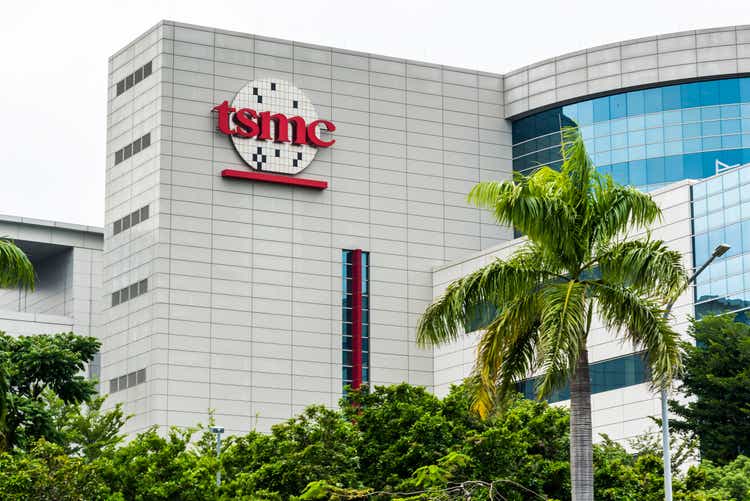 PHILIPPINE COAST GUARD PHOTO
PHILIPPINE COAST GUARD PHOTOBy Kenneth Christiane L. Basilio, Reporter
PHILIPPINE LAWMAKERS should revise the country’s military modernization framework to allow faster acquisitions of defense assets, security analysts said at the weekend, as confrontations with China in the South China Sea continue to escalate.
They said a shift toward agile procurement would help the Armed Forces of the Philippines (AFP) respond more effectively to real-time threats in contested waters, where flexibility and speed are critical.
“There are still significant adjustments to be made in the modernization program including abandoning the 15-year horizon framework for a flexible and agile model that allows assets to be acquired in real time as threats and technology continuously develop,” defense economist Rocio Salle Gatdula said in a Facebook Messenger chat.
She added that analysts are studying a “single horizon” approach that would allow the government to buy and upgrade equipment more quickly, rather than waiting for subsequent phases under the present system.
The Philippines is implementing a $35-billion (P2 trillion) modernization program that seeks to strengthen its defense posture in the next decade. The plan includes acquisitions of advanced warships, aircraft and missile systems, and is seen as a response to China’s growing military footprint in the South China Sea.
The maritime area has become a regional flashpoint, with Beijing asserting sovereignty over nearly the entire sea using its so-called nine-dash line map. A United Nations (UN)-backed tribunal in 2016 voided those sweeping claims, but China rejected the ruling and has maintained its presence around disputed features such as the Spratly Islands and Scarborough Shoal.
Manila has repeatedly protested incidents in which Chinese vessels blocked or rammed Philippine ships and used water cannons against resupply missions to outposts in the waterway.
The Philippines first launched efforts to modernize its armed forces in 1995, though funding shortfalls left its largely outdated fleet dependent on donations and secondhand equipment. In 2012, the late President Benigno SC Aquino III revived the effort under a 15-year, horizons-based framework that sought to divide modernization into phases.
Defense Secretary Gilberto C. Teodoro, Jr. in July asked Congress to amend the law to ensure the framework adapts to the changing nature of modern warfare.
Ms. Gatdula said slow government procurement is persistent obstacle. Contracts often face lengthy delays, leaving the military waiting years for equipment to arrive.
“Procurement processes must be simplified and expedited,” Victor Andres C. Manhit, president of the Stratbase-ADR Institute, said in a Facebook Messenger chat. “The Philippines is playing catch-up in terms of defense modernization, and bureaucratic red tape should not hinder progress.”
Funding mechanisms should also be reviewed to ensure the military could make timely acquisitions. “For there to be more fast-tracked acquisitions, there needs to be more creative financing solutions,” Ms. Gatdula said.
Mr. Manhit added that stronger coordination among the Defense department, Budget department and Congress is needed to maintain consistent funding.
“Close cooperation with diverse defense partners could provide complementary financing options, technology transfers and training support that could ease the burden on domestic resources,” he added.
He said such partnerships could help ensure acquisitions are both financially sustainable and strategically reinforced.
Political analysts also cited the need to focus investments on maritime deterrence. Ms. Gatdula pointed to warships, air surveillance systems and command infrastructure that support interoperability with allies.
“Strategy should drive the decision in the acquisition of new equipment,” Rommel Jude G. Ong, a former Philippine Navy officer and now a professor of praxis at the Ateneo de Manila University School of Government, said via Messenger chat. “The military should opt for asymmetric capabilities unique to our archipelagic circumstance, [ones that are] sustainable to ensure that our supply chain is not compromised.”
Mr. Manhit said cyberdefense should also be a top priority. “Threats in the cyber-domain evolve faster than those in conventional warfare, making it critical for the Philippines,” he said.
He called for investments in resilient systems to protect infrastructure, stronger capacity to detect and respond to cyberattacks and the cultivation of a skilled workforce to manage advanced technologies.

 3 hours ago
1
3 hours ago
1






















 English (US) ·
English (US) ·